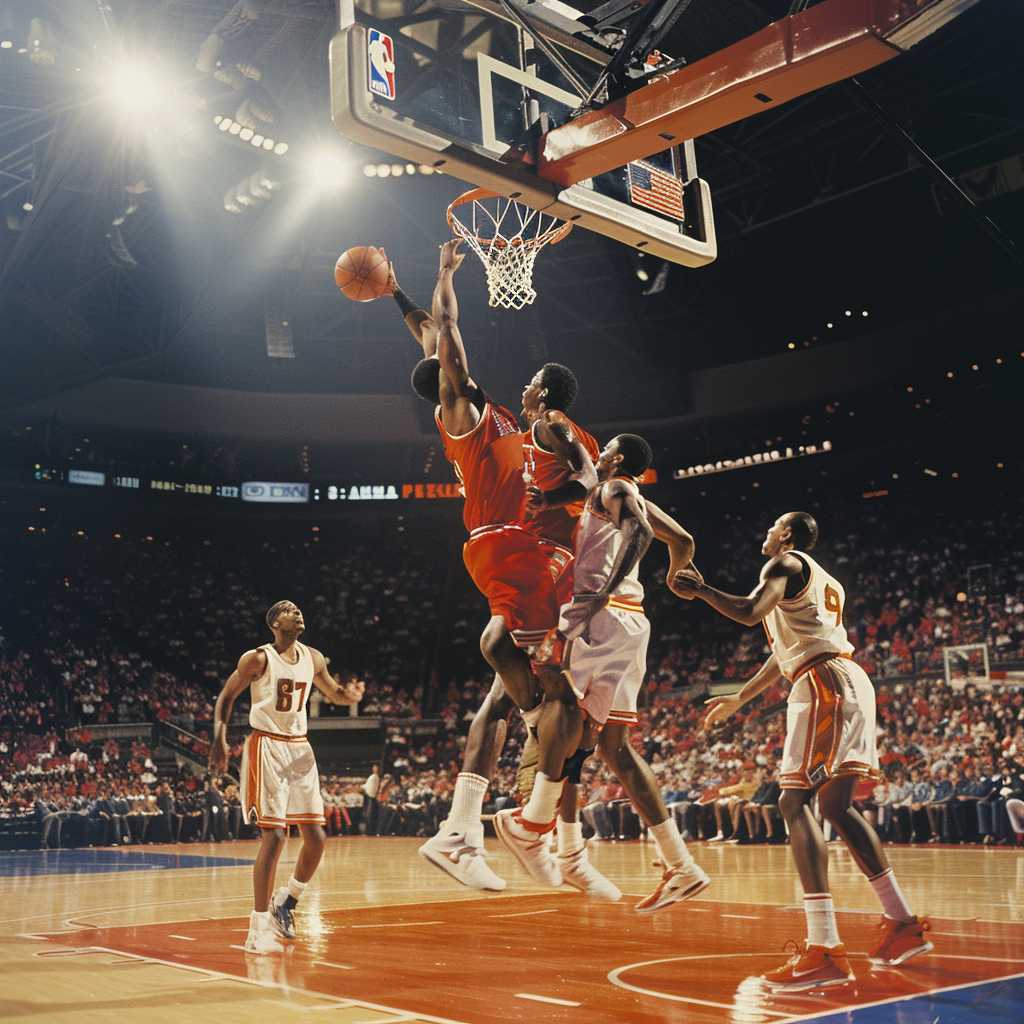Understanding the NCAA Tournament: An Exploration of March Madness and Collegiate Athletic Excellence
The NCAA Tournament, commonly referred to as “March Madness,” is an annual college basketball tournament in the United States. This captivating event is organized by the National Collegiate Athletic Association (NCAA), where teams from different universities compete for the national championship in men’s and women’s basketball. The tournament is known for its thrilling upsets, buzzer-beaters, and the spirit of competition that grips fans across the nation and even globally.
Origins and Structure of the Tournament
The NCAA Tournament has a rich history dating back to its inception in 1939. The structure of the event has evolved over the years, with the current format featuring a 68-team bracket for the men’s tournament and a 64-team bracket for the women’s competition.
Qualifying and Seeding Process
Teams earn their way into the tournament either through an automatic bid by winning their conference championship or by receiving an at-large bid from the NCAA selection committee. The committee, which consists of representatives from various universities and conferences, also determines the seeding of teams. Each team is ranked according to its performance throughout the season, with consideration given to strength of schedule, wins against top-ranked teams, and other criteria.
Tournament Breakdown: Rounds and Regions
The first part of the NCAA men’s tournament features the “First Four,” a set of games between the lowest-seeded teams and bubble teams vying for placement into the main bracket. Following these initial contests, the tournament is structured into rounds: the Round of 64, Round of 32, Sweet Sixteen, Elite Eight, Final Four, and ultimately, the National Championship Game.
Similarly intensely contested is the women’s tournament which follows a parallel format but starts directly from the Round of 64.
Teams are divided into four geographically designated regions to minimize travel and fan logistics—East, West, Midwest, and South—and play in assigned locations across the country. This layout heightens local interest in initial rounds while focusing national attention on later rounds that determine regional champions headed to the Final Four.
Iconic Moments and Impact on Pop Culture
It’s no exaggeration that March Madness has embedded itself into American pop culture. With an overwhelming amount of games played in a condensed timeframe, audiences are treated to high-stakes athletics where David often overthrows Goliath, cementing underdog stories into the annals of basketball history.
Bracketology, a term coined for predicting the outcome of each game, adds an engaging dimension to spectatorship. Millions participate in bracket pools, contributing to office culture and friendly competition among enthusiasts.
Notably, iconic moments such as buzzer-beaters, surprising Cinderella performances by lower-seeded teams, and memorable individual displays enhance not only collegiate lore but also careers of players who often become stars at professional levels.
Economic Significance: Media Deals and Marketing
One cannot talk about the NCAA Tournament without acknowledging its economic implications. Broadcasting rights agreements represent significant revenue for the NCAA. Major networks bid for rights to air games due to high viewership ratings. Advertising space during March Madness is highly coveted by brands aiming to deploy strategic marketing campaigns during high-traffic times.
Local economies benefit tremendously too. Host cities see a surge in visitors needing services from accommodation to dining, thereby stimulating business growth and employment opportunities around tournament dates.
Educational Impact: Student-Athletes’ Spotlight
The NCAA Tournament serves as a platform for student-athletes to showcase their talent on a national scale. For many players whose careers might not extend professionally, March Madness offers unforgettable highlights in their athletic journey.
The tournament also emphasizes the dual commitment athletes make as students—an essential aspect of collegiate sports culture. Endorsements during broadcasts often highlight scholastic achievement alongside athletic performance, promoting both sides of a student-athlete.
Notes
Description of an image suitable for this article
Image Description: The scene captures college basketball players in mid-action during an intense NCAA Tournament game, focusing on two athletes leaping towards a basketball hoop—one attempting a scoring shot while another tries to block it. Fans in school colors fill the stands around them, embodying a mosaic of excitement and anticipation characteristic of March Madness.
